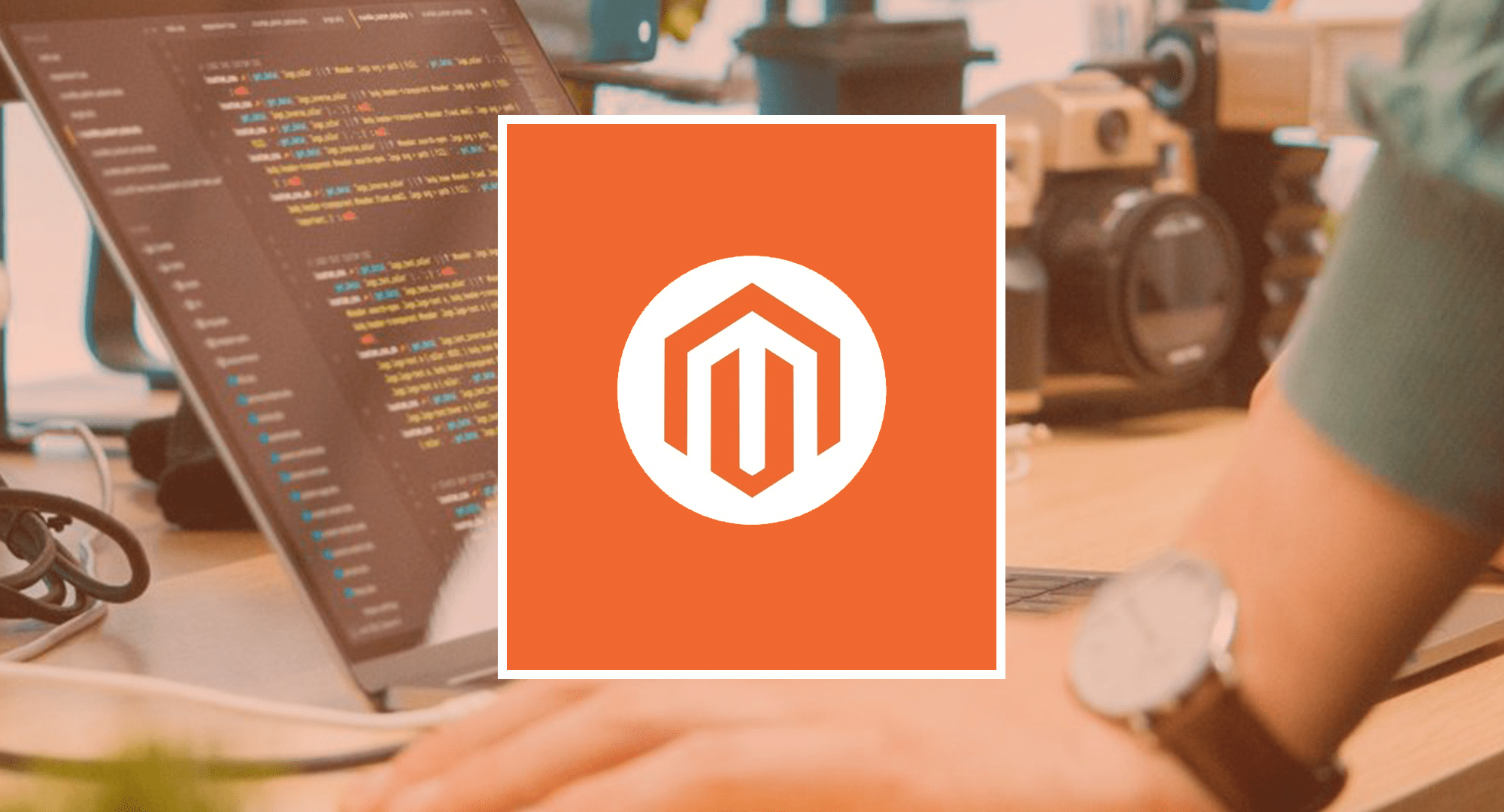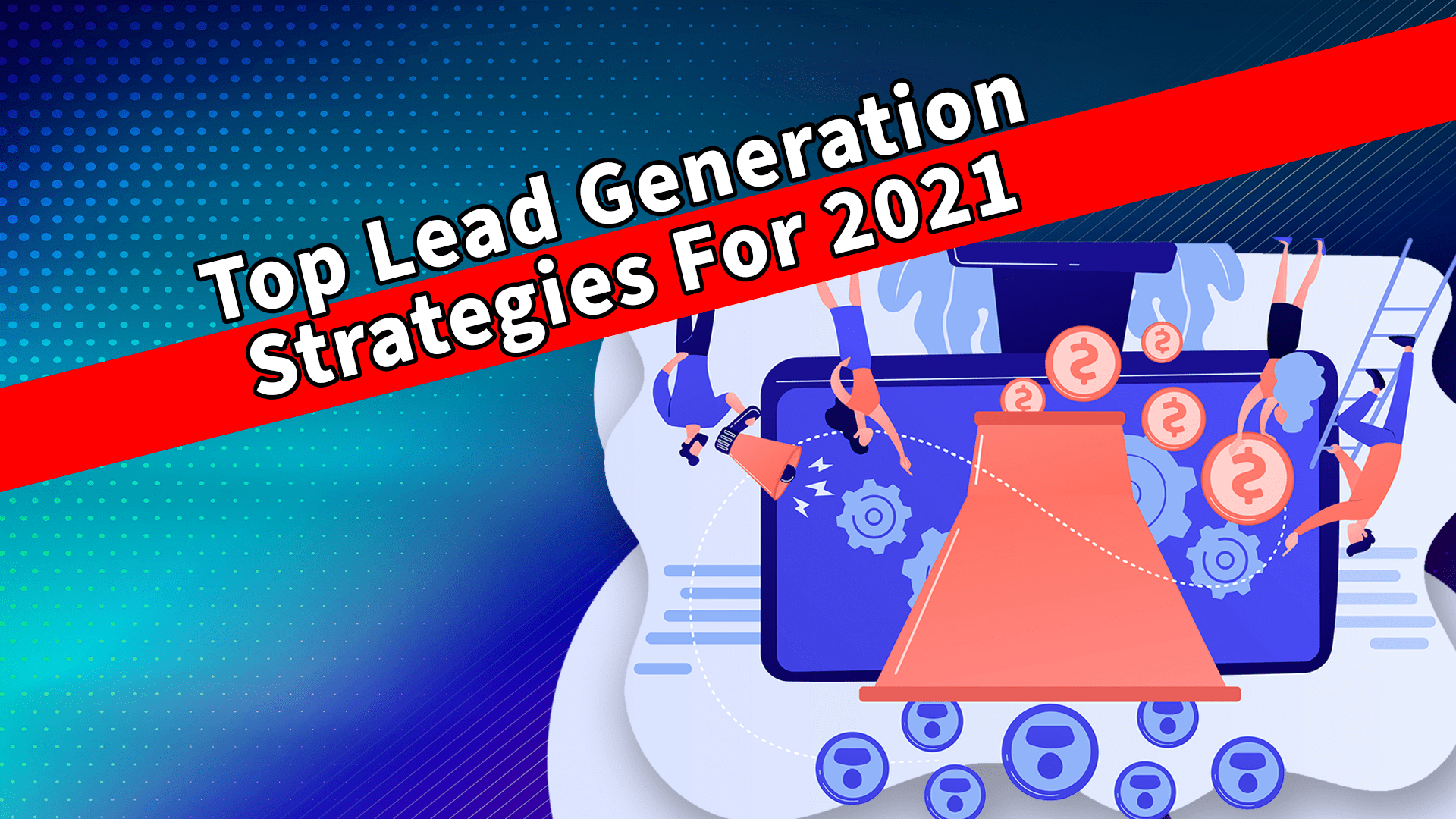[vc_row][vc_column][vc_column_text]
Breaking News: VISA will STOP Supporting Magento 1 Effective June 2020!
Security and PCI DSS Compliance
Due to the absence of security patches on Magento 1 after June 2020, all sites that fail to migrate to another eCommerce platform will be vulnerable to security breaches and pose a tremendous risk to the security of credit card data. Visa recently released a statement urging eCommerce store owners, currently on Magento 1, to take immediate action by migrating to another platform. Here is a a direct quote from Visa:
PCI DSS Requirements 6.1 and 6.2 address the need to keep systems up to date with vendor-supplied security patches to protect systems from known vulnerabilities. Hence, failing to migrate a Magento 1 eCommerce website will cause merchants to fall out of PCI DSS compliance because no security patch will be available for new vulnerabilities after June 2020.
Further, these merchants may also fail to obtain a passing Approved Scanning Vendor (ASV) scan if they are unable to address the vulnerabilities detected in their Magento 1 websites.
Therefore, it is imperative that impacted merchants migrate before the end of June 2020 to maintain PCI DSS compliance and to ensure that their Acquirer’s portfolios are protected.
The Magento 1 end of life announcement for June 2020 has left online Magento store owners with many questions. Why is Magento 1 no longer supported? How much is it going to cost to replatform? What other options are out there? These are the questions we answer in this week’s Surge Session. Our CEO, Duran Inci, is joined by our Director of Marketing, Joseph Hassun.
[/vc_column_text][vc_custom_heading text=”Why is Magento 1 No Longer Supported? Issues, Costs, and More” use_theme_fonts=”yes”][vc_raw_html]JTNDaWZyYW1lJTIwd2lkdGglM0QlMjI1NjAlMjIlMjBoZWlnaHQlM0QlMjIzMTUlMjIlMjBzcmMlM0QlMjJodHRwcyUzQSUyRiUyRnd3dy55b3V0dWJlLmNvbSUyRmVtYmVkJTJGRTd1ZThzZkl5dTQlMjIlMjB0aXRsZSUzRCUyMllvdVR1YmUlMjB2aWRlbyUyMHBsYXllciUyMiUyMGZyYW1lYm9yZGVyJTNEJTIyMCUyMiUyMGFsbG93JTNEJTIyYWNjZWxlcm9tZXRlciUzQiUyMGF1dG9wbGF5JTNCJTIwY2xpcGJvYXJkLXdyaXRlJTNCJTIwZW5jcnlwdGVkLW1lZGlhJTNCJTIwZ3lyb3Njb3BlJTNCJTIwcGljdHVyZS1pbi1waWN0dXJlJTIyJTIwYWxsb3dmdWxsc2NyZWVuJTNFJTNDJTJGaWZyYW1lJTNF[/vc_raw_html][vc_column_text]A couple of months ago, the director of Magento Support wrote on their blog and said that they will not be supporting Magento 1 anymore. You may wonder, what is Magento 1? And why is this important?
Magento is an open-source eCommerce system, just like OsCommerce, X-Cart, and many other programs out there. Open-source basically means the system is free. They do have an enterprise version that a lot of people use. Magento is probably the second most used eCommerce system out there around the world because it’s open-source.
We have many clients that are on Magento 1 and 2. They exchange and earn millions of dollars.
If you are on Magento 1, you will need to either upgrade to Magento 2 or migrate to another platform. June 2020 is the deadline, which is in about 11 months.
When we talk about Magento, when a prospect comes to us, we first analyze their structure and operations. Many people who come and ask us, “Okay, which eCommerce system should I use? Should I upgrade? Should I switch to another platform?”
Magento is one of those platforms where you will need a lot of support to be able to handle the system’s complexity. Magento is very customizable. However, as you add plug-ins and install add-ons, it might get clunky. Technology nightmares will ensue.
What are the Top Issues With Magento 1 Our Clients Have Right Now?
- The backend does get clunky. Custom functionality lends to this clunkiness. Various eCommerce tasks take time. Unless they have an on-call development team, you will have slowdowns when trying to make simple changes.
- It’s costly. They can cost anywhere between a thousand to several thousand USD per month. And sometimes even more.
Why Is It Costly To Do Support On Magento? Can’t I Just Do It Myself?
No. You need a developer to make changes. That’s why it’s not necessarily cost-effective for some of our clients.
As of 6th September 2018 Magento 1 supports PHP versions up to PHP 5.6. However, this version of PHP will be deprecated at the close of this year (December 31st 2018).
Also, Magento doesn’t provide updates like other eCommerce platforms, like Shopify and BigCommerce, for Magento 1 Sites. You’re not fully aware of any changes that are happening. You’re not really given any explanation as to why a server went down or that you can’t access your inventory. Your 3rd party extensions might not work time to time.[/vc_column_text][vc_custom_heading text=”Should Businesses Stay with Magento or Change eCommerce Platforms?” use_theme_fonts=”yes”][vc_raw_html]JTNDaWZyYW1lJTIwd2lkdGglM0QlMjI1NjAlMjIlMjBoZWlnaHQlM0QlMjIzMTUlMjIlMjBzcmMlM0QlMjJodHRwcyUzQSUyRiUyRnd3dy55b3V0dWJlLmNvbSUyRmVtYmVkJTJGZG9nWXd0bWVXcDQlMjIlMjB0aXRsZSUzRCUyMllvdVR1YmUlMjB2aWRlbyUyMHBsYXllciUyMiUyMGZyYW1lYm9yZGVyJTNEJTIyMCUyMiUyMGFsbG93JTNEJTIyYWNjZWxlcm9tZXRlciUzQiUyMGF1dG9wbGF5JTNCJTIwY2xpcGJvYXJkLXdyaXRlJTNCJTIwZW5jcnlwdGVkLW1lZGlhJTNCJTIwZ3lyb3Njb3BlJTNCJTIwcGljdHVyZS1pbi1waWN0dXJlJTIyJTIwYWxsb3dmdWxsc2NyZWVuJTNFJTNDJTJGaWZyYW1lJTNF[/vc_raw_html][vc_column_text]Technology moves very fast, especially eCommerce. If you run any kind of eCommerce operation, you are competing with Amazon, eBay, Etsy, Home Depot, and Walmart. It doesn’t matter if you’re earning $250,000 or $50 million. These billion-dollar companies compete with you.
The giant corporations always aim to eliminate competition. They do so by enabling technology updates. When they add functionality and you don’t have that feature, they have the upper hand.
If your eCommerce platform stops you from moving fast, you’re losing and leaving money on the table. That’s the deal with Magento. We don’t dislike the system.
Magento can be very useful in certain situations. You can use it if you have hundreds of thousands or millions of SKUs and you need a custom platform. Or Magento can help if you are a big company, say a big furniture provider and you’re doing $150, $200 million. Then you need a highly advanced system that’s going to integrate with different places.
What Other Places Use Magento?
In-house development teams with developers backend and frontend use Magento. So do certain agencies on retainer. Magento is certainly powerful.
I have been doing eCommerce since 1999, and I work on every single system out there. An eCommerce operation needs to cover the following: operations, eCommerce, logistics, integrations, inventory management systems, marketing, SEO, and re-occurring revenue. You also want to upsell, cross-sell, search and filter. Knowing what I know, I would not put my business on Magento.
The user experience with Magento is weak compared to other technologies. The enterprise edition is obviously better than the community edition. However, enterprise Magento is not cheap. Magento 1 merchants will be vulnerable due to security updates and quality fixes because the eCommerce site will not be updated. Magento will stop releasing more updates and fixes.
Why Not Magento?
The alternative systems are more frequently updated and have more efficiency. They’re updated every few months with newer technology. You will save time and energy.
Magento add-ons have a long process installation. You need to take a module, upload it through an FTP and configure the server.
Thanks to other systems, many Magento add-ons are available without these extra steps. You can just click and install. Some of those systems are BigCommerce and Shopify, and many others exist.
We wouldn’t do put you on Magento, even if somebody came to us and said, “Hey, we have this $150 million operation. We need an eCommerce system.”
So Why Do So Many People Use Magento?
That’s a good question. Magento started out free. There is, however, no free lunch. You pay the price when you pay nothing.
Many people saw a great opportunity to launch a site. They used a free open-source platform. Now they feel stuck after growing their revenue.
The sunk-cost principle is in effect when people don’t want to write off a loss in time and money. They added all this functionality and investments. We have clients who’ve put half a million dollars into Magento customizations, and that half a million dollars, by the way, goes to the same people that promote the service — the Magento developers.
Okay, so now I might have a business that’s doing $10 million in annual revenue, and I have so much customization I’m stuck in Magento.
Yeah, and a lot of people think that they’re stuck in Magento because they fear that migration to another platform. However, that’s really not the case. If you find a good agency, if you find developers that know what they’re doing, you can strategically plan out that migration and execute it seamlessly without losing any customers’ orders, essentially keeping your front end operation moving smoothly throughout the migration process.
At Optimum7, we’ve probably migrated over 50 businesses out of Magento in the past 12 months. Some of these are small migrations. Some of these are big migrations with millions of SKUs and volumes of custom functionality. But it can be done, so don’t be scared of getting out of a platform.
Know this is a choice. You don’t have to get out of it if you have the resources to maintain Magento. But I guarantee, the maintenance money will cost more in the long-term than the migration expenses in the short-term.
Every single time, we have seen increases in organic search, keyword visibility, conversion rate, engagement, reorders, lifetime value, and average order volume when we have migrated people out of Magento. We’re not saying this because Magento is a bad platform. We’re saying it because there are better platforms out there.[/vc_column_text][vc_custom_heading text=”How eCommerce Store Owners Should Plan for Magento 1 End of Life 2020″ use_theme_fonts=”yes”][vc_raw_html]JTNDaWZyYW1lJTIwd2lkdGglM0QlMjI1NjAlMjIlMjBoZWlnaHQlM0QlMjIzMTUlMjIlMjBzcmMlM0QlMjJodHRwcyUzQSUyRiUyRnd3dy55b3V0dWJlLmNvbSUyRmVtYmVkJTJGcXFqVFlwTGwxelElMjIlMjB0aXRsZSUzRCUyMllvdVR1YmUlMjB2aWRlbyUyMHBsYXllciUyMiUyMGZyYW1lYm9yZGVyJTNEJTIyMCUyMiUyMGFsbG93JTNEJTIyYWNjZWxlcm9tZXRlciUzQiUyMGF1dG9wbGF5JTNCJTIwY2xpcGJvYXJkLXdyaXRlJTNCJTIwZW5jcnlwdGVkLW1lZGlhJTNCJTIwZ3lyb3Njb3BlJTNCJTIwcGljdHVyZS1pbi1waWN0dXJlJTIyJTIwYWxsb3dmdWxsc2NyZWVuJTNFJTNDJTJGaWZyYW1lJTNF[/vc_raw_html][vc_column_text]If you’re on Magento 1, you have a couple of options. You could upgrade to Magento 2, again, if you have all this maintenance money on a monthly basis and support. Know that you are definitely leaving money on the table. We can prove that to you every single time by looking at your Google analytics and Magento installation, and all the functionalities you might have.
Your second option is to migrate to another platform. If I am on Magento 1 and I don’t want to upgrade to Magento 2 and I want to migrate to another platform, which platform will I migrate to?
Look at how many product SKUs you have and your annual revenue. If you’re doing under $10 million and you have less than 100,000 SKUs, I would recommend either BigCommerce or possibly Shopify. Those two eCommerce platforms would provide the most.
What Does a Migration Cost, on Average?
It depends on the custom functionality that needs to be migrated and the amount of data that needs transferring. I would say on average, our migrations cost anywhere between $10,000 and $50,000. But it could be as low as $5000 if you have just a few products. If you have a few products SKUs and not too much custom functionality, it could be $5000.
Now, if you are migrating, you need to move your orders, products, product options, and any kind of swatches. Customers also need to leave with you. Losing customers means losing revenue and trust.
You have to know your business’s technological backbone. What inventory management system are you using? What accounting software do you use? Do you have any integrations? Do you use something like a Zoho as your service desk or customer support? Do you use any logistics systems, like ShipStation or ShipWorks?
If you’re using an inventory management system like SkuVault, your integration’s going to be different than if you have stores and you need to use a POS system like Lightspeed. You need to know what works and what doesn’t work.
The structure can determine all these factors. At Optimum7, we’re really good at building structure because we run our own eCommerce system. We set up our own warehouses and logistics for operational eCommerce systems.
We’re saying if you’re on Magento 1 and you have a legitimate business with profits, don’t upgrade to Magento 2. Get out and migrate as soon as you can. If you stay on Magento, your business is going to trudge along. Switch to a better system, like BigCommerce or Shopify.
Why Is It So Difficult to Upgrade to Magento 2?
Because Magento 2 is using a different template and data structure. It’s not what Magento 1 was. The upgraded system will be a little bit different. You have to relearn Magento 2 from scratch.
Most of the add-ons for Magento 1 will not work with Magento 2. They need to be redone. You need to re-pay for the services and change your entire template structure. Any integrations will break because the queries are changing You have to factor in all these hassles.
Consider this scenario: you come to us and use Magento. You’re doing a few million dollars and selling a thousand products. As a next step, you want us to upgrade you to Magento 2. We’re going to charge you more than if we moved you out of Magento to a new platform that’s fresh and fast. That’s our policy.
Why? From a business standpoint, we believe, that it does not make sense for somebody on Magento 1 who makes money legitimately to upgrade to Magento 2. You would do better migrating from Magento, for the reasons stated above.
If you have any questions, please reach out. We’ll be happy to help. Optimum7 wants to always discuss new trends in marketing and technology.
Are you currently on Magento 1? Do you need help migrating to another eCommerce platform or upgrading to Magento 2?
Contact us. We’re here to help.
SPEAK TO AN eCommerce EXPERT[/vc_column_text][/vc_column][/vc_row]





